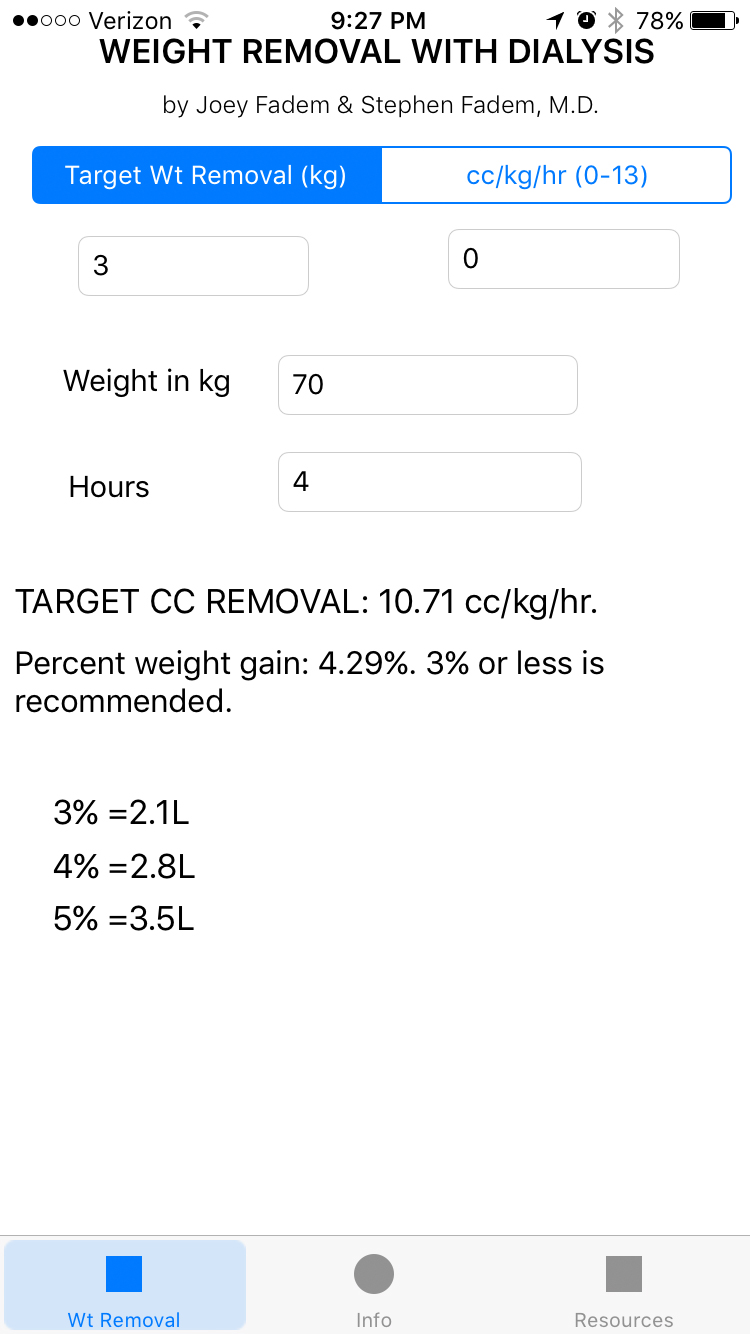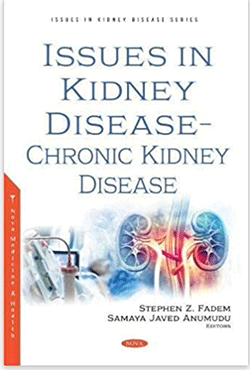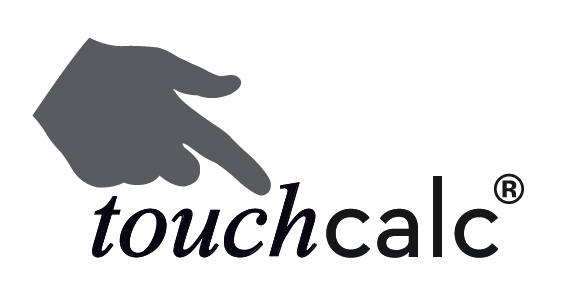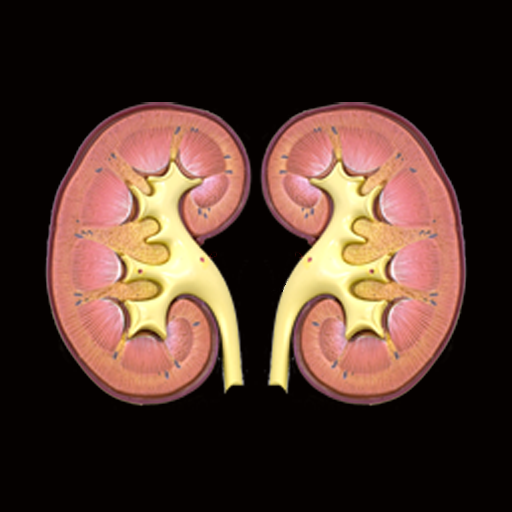COVID-19 RESOURCES
Litcovid LitCovid Publications CDC COVID-19 PAGE
CORONAVIRUS GOV NIH CORONAVIRUS COVID-19 CLINICAL TRIALS CDC DIALYSISUNIT GUIDANCE
WORLD KIDNEY DAY
The primary focus of The Nephron Information Center is to support the generation
and dissemination of valid health information relevant to the kidney community as well as to the public. How can we meet your
needs as we filter and recycle useful information? Your comments are welcome in GuestbookDISCLAIMER
Note: This information does not constitute
medical advice, and is for information and education purposes
only. We cannot answer questions nor give any advice through
e-mail. Please consult your physician for specific treatment
recommendations. The information obtained through this
service, and the information which you receive through the
Internet is only for general guideline purposes, and is not an
ultimate source of information, nor something which you should
rely on as a sole source for your medical care. All medical
and therapeutic decisions must come from your health care
provider. The authors, editors, producers, sponsors, and
contributors shall have no liability, obligation or
responsibility to any person or entity for any loss, damage,
adverse consequence alleged to have happened directly or
indirectly as a consequence of this material.about
the Author, Stephen Z.
Fadem, M.D., FACP
TRANSLATE
Translation provided by
SYSTRAN. Use
SYSTRAN to
translate other items and pages on this site.
What is an RSS feed?
ABOUT US
ABOUT US
WT REMOVAL WITH DIALYSIS
It has been shown that the maximum amount of fluid removal during dialysis should be less than 13 cc/kg/hr to avoid risk, but that even at 10cc/kg/hr heart failure symptoms start to develop. Removing more than this is associated with increased mortality. Therefore, dry weight should be accurately assessed and monitored frequently. Patients should be counseled on salt intake, and the bath sodium should not be greater than 138 mEq/L. Patients should be advised to gain less than 2 kg between treatments. An alternative to fluid removal greater than 13/cc/kg/hr is to extend treatment time or to bring the patient back the following day for an additional treatment.
NEW KIDNEY BOOK
RESOURCES
HOW MANY HOURS SHOULD AN ONLINE CME PROGRAM BE?TOUCHCALC: The Mergener Formula
Here you can find current articles from the National Library of Medicine, indexed by Medical Subject Heading (MESH).
Kidney Diseases
AIDS-Associated Nephropathy
Anuria
Diabetic Nephropathies
Fanconi Syndrome
Hepatorenal Syndrome
Hydronephrosis
Hyperoxaluria, Primary
Hypertension, Renal
Hypertension, Renovascular
Kidney Calculi
Kidney Cortex Necrosis
Kidney, Cystic
Kidney, Polycystic
Kidney, Polycystic, Autosomal Dominant
Kidney, Polycystic, Autosomal Recessive
Kidney, Sponge
Kidney Failure
Diabetes Insipidus, Nephrogenic
Kidney Failure, Acute
Kidney Tubular Necrosis, Acute
Kidney Failure, Chronic
Kidney Neoplasms
Kidney Papillary Necrosis
Nephritis
Glomerulonephritis
Glomerulonephritis, IGA
Glomerulonephritis, Membranoproliferative
Glomerulonephritis, Membranous
Glomerulosclerosis, Focal
Goodpasture's Syndrome
Lupus Nephritis
Nephritis, Hereditary
Nephritis, Interstitial
Balkan Nephropathy
Pyelonephritis
Pyelonephritis, Xanthogranulomatous
Nephrocalcinosis
Nephrosclerosis
Nephrosis
Nephrosis, Lipoid
Nephrotic Syndrome
Perinephritis
Pyelitis
Pyelonephritis
Pyelonephritis, Xanthogranulomatous
Renal Artery Obstruction
Renal Osteodystrophy
Renal Tubular Transport, Inborn Errors
Acidosis, Renal Tubular
Aminoaciduria, Renal
Cystinuria
Hartnup Disease
Cystinosis
Fanconi Syndrome
Glycosuria, Renal
Hypophosphatemia, Familial
Oculocerebrorenal Syndrome
Pseudohypoaldosteronism
Tuberculosis, Renal
Uremia
Hemolytic-Uremic Syndrome
Wegener's Granulomatosis
Zellweger Syndrome
Hematuria
Hemoglobinuria
Proteinuria
Albuminuria
BODY MASS INDEX
by Stephen Z. Fadem, M.D., FASN
FDA MEDWATCH
CONVENIENT EPI 21 CALCULATOR FROM TOUCHCALC










